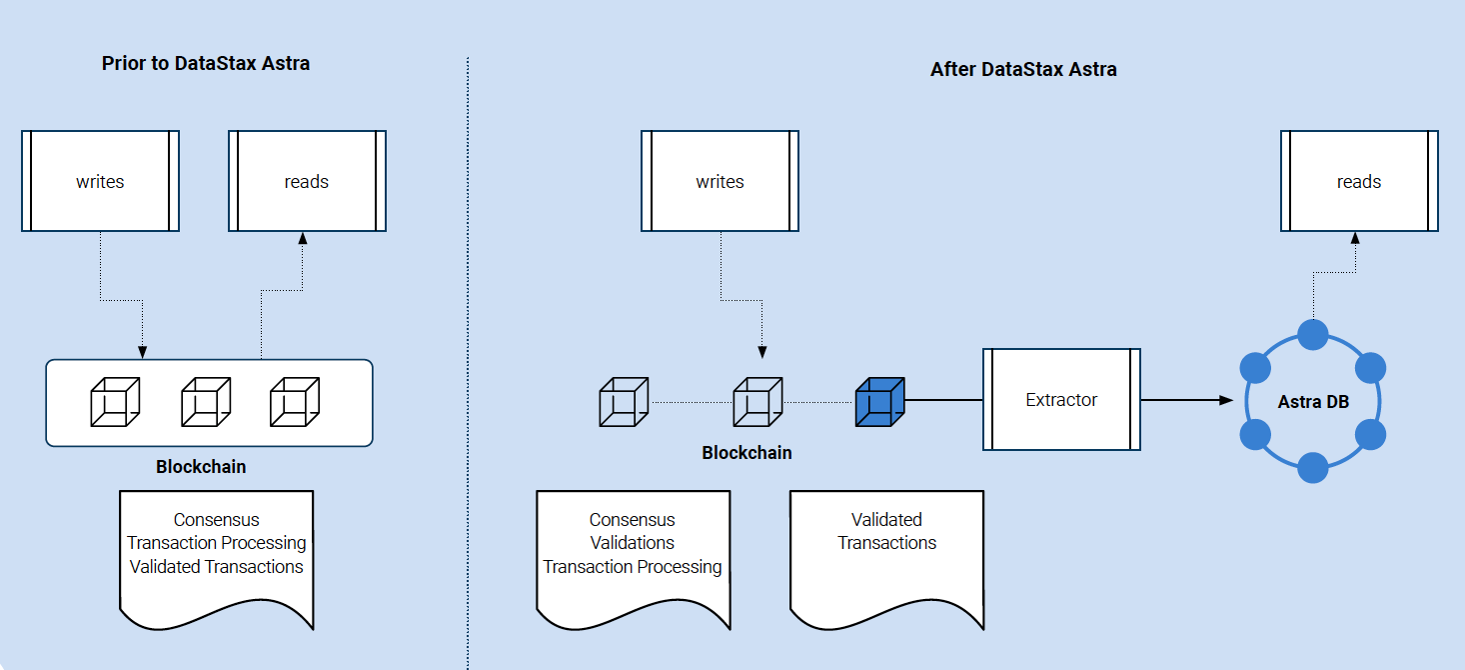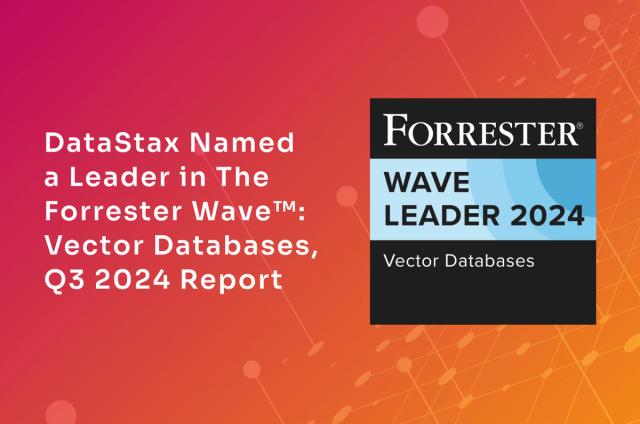Web3 Changes Nothing for DeFi Apps and Here’s Why

If you’re looking to launch a successful Web3 app, the minutes you’ll spend reading this post could be crucial to your success. Whether your focus is cryptocurrency, NFTs, or something completely novel, there are hard earned experiences that will accelerate your Web3 successes.
As you may already know, the introduction of the secure public ledgers known as blockchains sparked a new and decentralized way of using the internet. In Web 2.0 power and profit was highly centralized in a group of large companies. With the new blockchain technology followed the concept of Web3 – a decentralized World Wide Web enables the shift in control over finances, commerce, innovation and governance.
But don’t let yourself be carried away completely by the excitement. Even though using blockchain technology can let you cut out middlemen and build totally new ways to engage and monetize, the old rules still apply when it comes to app development. As with any new tool or technology we have to know exactly how and when to (not) use blockchain.
The need for a public ledger – a blockchain – to verify any transaction is crucial in Web3. It enables secure peer-to-peer trading of digital assets.
But the security and transparency of a blockchain also comes with its own set of challenges. Especially if you’re building a Web3 app tied closely to a blockchain. In contrast to popular belief, blockchain technology isn’t going to change anything. At least not as far as app development goes.
As new business ventures spring up in Web3, smart contracts and NFT, many startups will miss their big opportunity. If their applications rely on the blockchain as both the system-of-record (i.e. the record of transactions) and system-of-engagement (i.e. where your users hang-out), it will never be able to scale.
How Web3 projects scale
There are several ways you can future-proof your Web3 app, whether you’re building it for cryptocurrency, DeFi, NFTs, or other use cases. No matter your tech stack, the bottom line is that you should have as little data as possible on a blockchain. Otherwise you’ll be unable to scale, give your audience a bad user experience, and end up paying unreasonably high costs for your data transactions. And that’s not just our opinion. Let’s look at a current example for NFT ventures.
The trusted webshop platform Shopify is beta testing an NFT solution where you can easily get started minting and selling your own NFTs. Here are some tell-tale details the platform shares publicly about the Shopify Plus NFT Beta Program:
- A customizable Shopify storefront is available
- It’s connected to third-party NFT minting and delivery apps
- Payments are processed through regular Shopify Payments
- The program supports five blockchains (Ethereum, Polygon, Flow, Videocoin, and Solana)
- The fees are similar to the current Shopify Plus plan fees
So you don’t need to take our word for it. Shopify clearly shows us that the majority of a Web3 project should be storing data somewhere else than on a blockchain. Each NFT project only interacts with a blockchain for the minting and transaction of ownership while data about the products, the business, customer profiles, trading rules, and anything else is off-chain.
This lets you welcome your customers on a trusted platform that’s fast and ready to scale. Of course, with this solution all the data is on the Shopify platform. So for your purposes you might want to build your very own solution. But it can inspire you to architect your Web3 app independent of a single blockchain and to keep as much data as possible off-chain.
Scalability and availability still rule supreme
Even though Web3 is new, exciting, and different, it’s still crucial for your app to be available and ready to scale. When users go to an app to buy a non-fungible token (NFT) or trade cryptocurrency, glitches and extraordinary latency will make them leave the platform before ever reaching the checkout.
You need a blockchain to provide secure transactions of ownerships or currencies. It's a perfect system-of-record for these transactions. But as some businesses have learned by trying to build their entire Web3 app on a contemporary blockchain, it doesn’t scale.
Even if you’re not too worried about the massive energy consumption of the contemporary blockchains, you should consider latency, monetary costs, and your risk of betting your business on a blockchain that ends up as the long term loser:
- The Bitcoin blockchain transaction rate is at a buzz-killing seven (7!) transactions per second
- The lighter Ethereum blockchain runs at 15 transactions per second
- The costs routinely exceed $26 for a single transaction
In these early days of Web3 it’s still unclear which blockchain will be the best fit for any purpose and ultimately where your customers will want to hang out.
As with the Shopify NFT project, you might also need to call several blockchains for your project. That’s another reason why you only want to store the bare necessities in a blockchain.
How to secure growth for your Web3 app
Teams often start building their new Web3 app on a relational database like PostgreSQL. That usually works fine – and definitely better than it would be on a blockchain. But they run into trouble as soon as they get the traffic they're really hoping for. Now they need to scale, and scale quickly beyond the capabilities of a traditional SQL database.
If you’re looking to secure an infrastructure that can live up to your vision of growth, you’ll want a database solution with these features:
- Low latency
- High performance
- Maximum scalability
- Serverless
- Pay only for what you use (consumption based pricing)
While there are hundreds of database solutions you could go with, Apache Cassandra® is the only database that meets the first four requirements above while giving you the best in market performance.
And for the fifth requirement, you can rely on DataStax Astra DB, our database-as-a-service (DBaaS) platform built with Cassandra. You can get started using Astra DB for free and pay (a lot less than any blockchain transaction costs) as you go.
Cassandra is open source. So you could have your own developers install, setup and manage the database. However, using Astra DB instead gives you all the benefits of Cassandra while freeing up your developers to focus on building innovative features in your Web3 app. You’ll be ready for the exponential growth needed to set you apart from your competitors.

Figure 1. Astra DB delivers speed and availability by making data available for reads off-chain.
The biggest advantage is that the data beyond transaction recording in the blockchain is held outside of the blockchain. This leaves the choice of related cryptocurrencies and cloud vendors up to you. Astra DB lets you host it on your cloud vendor of choice. And the costs are based only on your actual number of reads and writes.
Are you ready to future-proof your Web3 app? Ask your developers to learn more at Astra.datastax.com.





